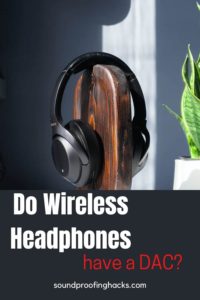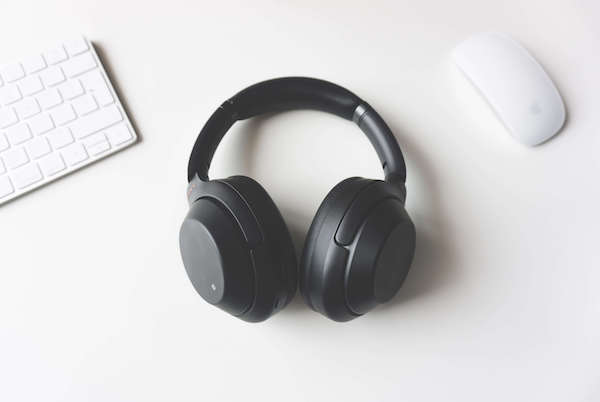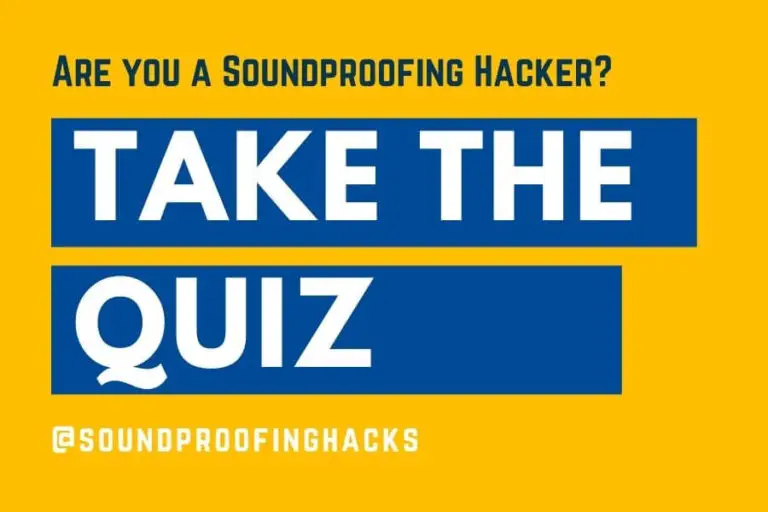Do wireless headphones have a DAC?
A lot of us music lovers own a pair of headphones and the reason for that is the perceived better quality and immersive sound experience one can get. It’s no wonder that these toys are selling like hot cakes and a new brand like Beats can rise to become a huge company so quickly.

For those of us interested in not just the acoustic value but also some technical aspects of headphones, we might find ourselves wondering:
Do wireless headphones have a DAC?
Yes, all wireless headphones have DAC (digital to analog converter) installed, as they are integral in ensuring that digital signals can be converted into analog waveform.
In this post, we will discuss and learn a bit more about how these stuff works.
Read this too: Can I use a bookshelf speaker as center channel?
I am an Affiliate for Amazon and others, which means I may make a commission if you purchase something through the links here. There is NO extra cost to you at all, and THANK YOU so much for the support. Learn more here.
Contents: Skip to section
What is a DAC?

DAC stands for digital to analog converter, which is a really tiny object that is installed within a headphone, be it wired or wireless. This little device forms one unit with the headphone amplifier and they are responsible for bringing sound to your headphone.
These days, we are all carrying digital devices, such as your mobile phone and iPod. A DAC essentially converts the digital data from the source device life MP3 and converts it into analog form, which is then passed along to the headphone amp.
The headphone amp then amplifies the audio signal and turn them into soundwaves so that you can listen to music, podcasts, or watch videos.
As you can imagine, the DAC and headphone amp works in sync to deliver sound to you, and without the other, they simply won’t work.
With inbuilt DACs, they are integrated into the inner circuit of the headphone, which means they cannot be replaced (at least not without professional help). This is not a problem for most of us, but for some serious audiophiles, they consider this a limitation as it means they cannot upgrade the DAC to a higher quality unit.
For those using an outboard equipment though, a standalone DAC can be purchased to improve the quality of the output sound.
Why are DACs important?
As discussed in the section above, DACs are crucial for turning digital data into analog form. This process combined with the headphone amp’s ability to turn them into soundwaves is how you can hear music.
So without DACs, you will simply not hear anything when using a pair of headphones.
When music is in digital form, a device is not able to recognize the format on its own, and therefore it needs a DAC to turn the 0s and 1s into a format it understands. Devices like headphones, speakers, and smartphones all need it.
External DAC vs Internal DAC
Audiophiles will know exactly how a good quality DAC can dramatically impact the quality of sound. The effect is immediate, as they sound becomes clearer, more vivid, and adds depth to the audio track.
If you are someone who is a fan of classical music or live recordings, a DAC can bring out the best in them. You can hear finer details in the instruments used and adds an element within the soundstage.
Now, with regards to external and internal DACs, the jury is still out. Since audio quality can be a pretty subjective topic, there really isn’t a singular answer as to which is superior.
Internal DAC built into wireless headphones might suffer from quality issues due to manufacturing costs, but are generally good enough for most users.
Do you need an external DAC to go with your headphones then? I can’t say that it is necessary, and the only way to know if it really does make a difference is by conducting your own tests.
With all that said, one thing is for sure. An external unit typically affords you more control and customization options, such as being able to adjust EQ and compression.
In the market today, there are several devices that actually integrates different functions, such as DAC, preamp, and headphone amp. These would be great in a studio or home setting, but not so much for wireless headphones, as they require a power supply.
For wireless headphones, you would do better to search for portable DACs, and this is my top choice:
Audiolab M-DAC Nano Portable Wireless DAC and Headphone Amplifier
Whether you want to improve the sound quality of your smartphone or laptop, this super compact and mobile DAC is built by a world renown brand, Audiolabs.
It weighs only 28g, which is barely noticeable even in your pocket.
I love that it connects wirelessly through Bluetooth, and still maintains a sonic punch. You can expect overall improvements to your music from here on, especially in the bass aspect.
A rechargeable battery is built in, and while this is not its strongest asset, it does lasts about 3 hours.
Will DAC improve my sound quality?
If you are considering getting an external DAC for your headphones, you might want to consider that these days, quality of headphones are much higher than before.
Manufacturers of premium headphones have to ensure that they use high quality parts to satisfy the listener, and with Bluetooth connectivity, the transmission of music can be maintained at a very high quality. I would say that they are as good as the traditional wired headphones we are used to.
If you want to use it for multiple devices, wish to impress a date, or really want to enjoy the best sound from your favorite artists, then this will be the right option for you.
What impacts the performance of an inbuilt DAC?
You might have noticed it before, that when listening to the same song in different formats, there is a difference in quality. If you have not, try listening to a song in both WAV and MP3 format and see if you can tell the difference.
Why I bring this up is because bit rate and bit depth are factors the impacts how well your wireless headphone DAC can perform. As I mentioned, the DAC converts digital data into sound, but if the amount of data is limited, you can expect the quality to be affected too.
What do I mean by this?
In each digital sound track, it contains a bit rate and bit depth.
In a digital audio file, it contains information, and the bit rate relates to the amount it contains. For example, an audio file with a bit rate of 32 kbit/s versus one that has 320kbit/s will yield a huge difference. The smaller bit rate contains much lesser information, and is thus mostly used only for speech recordings. The higher bit rate is currently the highest that an MP3 file can have, representing the highest quality.
If you come across WAV or FLAC formats, you can expect them to be even higher quality as they are in their true form without compression.
While compression is useful in reducing the file size, it also takes away vital information that can affect its quality.
Thanks for reading till the end. Soundproofing Hacks is supported by users like yourself. If you found our content useful, consider buying us a coffee here. It goes a long way in keeping our doors open. Thank you.
Frequently Asked Questions
Do audio interfaces have their own DAC?
Yes, they all do. Audio interfaces are essentially tools that record audio, and they also have the ability to convert analog to digital, in situations such as recording with a microphone.
Do wireless headphones have lower sound quality?
Most people would make that claim, but due to advancements in technology, the gap is pretty non-existent these days. Premium manufacturers are able to build top quality wireless headphones that promises a great experience, but of course, they do come with a steeper price tag.
I personally own a pair of Sony’s that cost me a small fortune, but that is due to my preference for no wires and portability. The sound quality is superb.
Other articles that might benefit you:
- How to ventilate a soundproof room or booth?
- 8 Best Noise Cancelling Earmuffs For Sleeping
- Are White Noise Machines Safe?
- 6 Best Quiet Pellet Guns Reviewed 2021
- Shh! 11 Best Quiet Blender You Can Buy!
- How to soundproof a basement apartment? 7 easy steps or less
- Do dynamic mics need shock mounts? It might not be what you think


